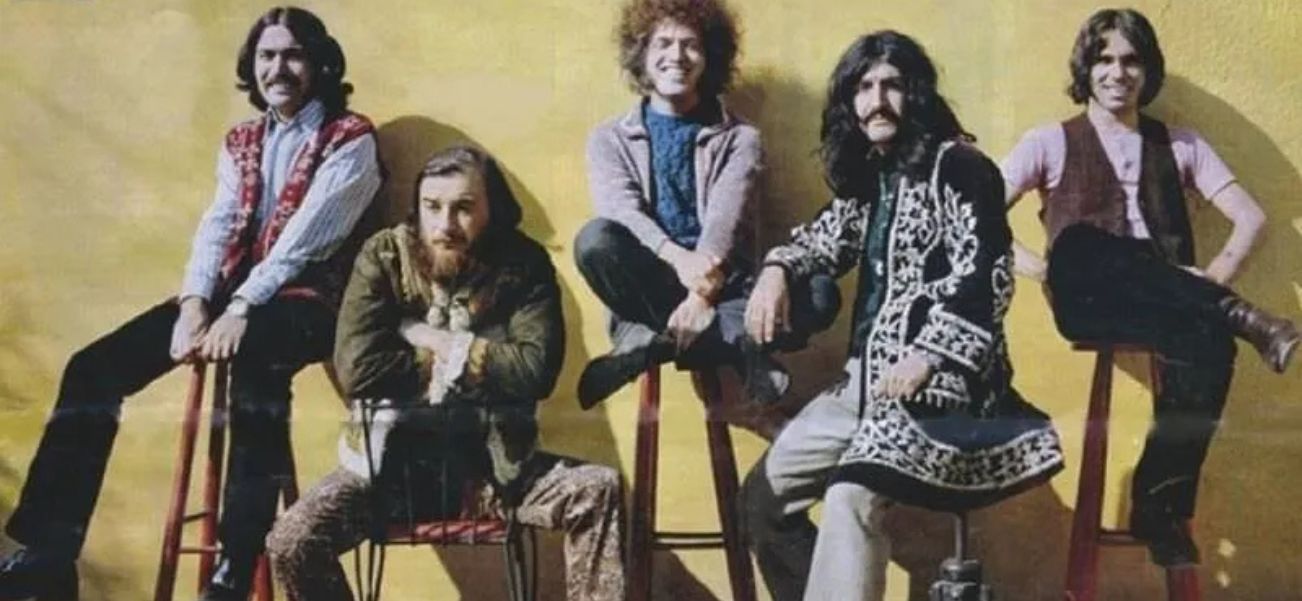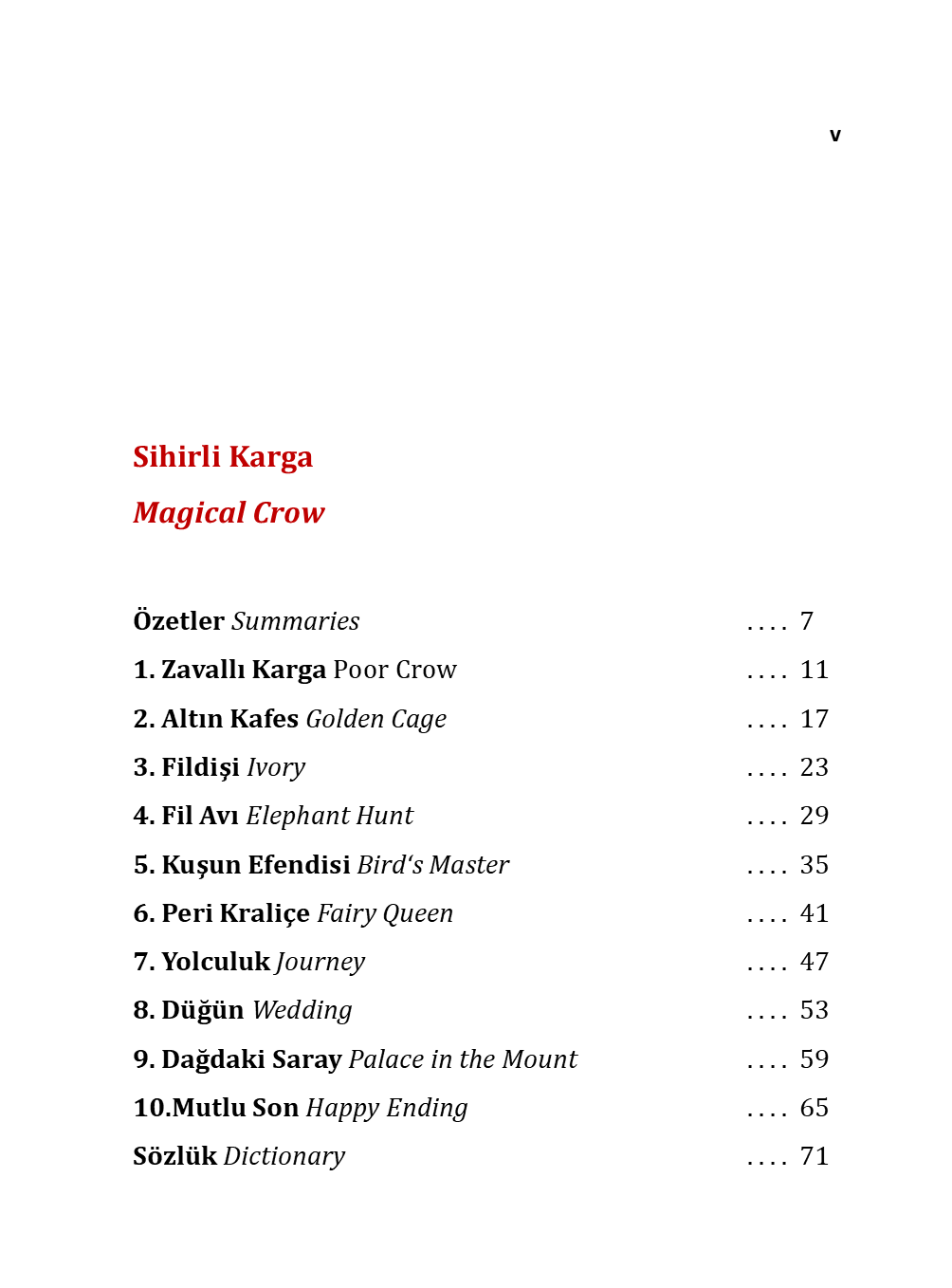
Anatolian Rock in Turkey: A Musical Revolution Rooted in Tradition
In the turbulent and transformative decades of the 1960s and 70s, while the West was electrifying its folk music and diving headlong into psychedelia, a parallel—and equally revolutionary—musical uprising was taking place in Turkey. This was the birth of "Anatolian Rock", a singular genre that became the sound of a generation straddling two worlds. It was a powerful, poetic, and often politically charged fusion that married the deep, ancient roots of Turkish folk music (Türk Halk Müziği) with the explosive energy of Western rock and roll.
This wasn't merely imitation; it was a bold act of cultural alchemy. Artists took the hypnotic scales of Anatolian melodies, the spiritual poetry of folk bards like Aşık Veysel, and the resonant twang of the bağlama (saz), and plugged them into distorted electric guitars, thumping bass lines, and swirling Hammond organs. The result was one of the 20th century's most unique and electrifying musical movements—a sound that was authentically Turkish yet defiantly modern. This is the story of that revolution, a musical journey rooted in tradition that forever changed Turkey's cultural landscape.
Anatolian Rock: Turkey’s Psychedelic Revolution Forged in Tradition
Listen some Anatolian Rock songs in this playlist:
The Fertile Ground: Turkey's Cultural and Political Landscape

To understand Anatolian Rock, one must first appreciate the soil from which it grew. Following the founding of the Republic of Turkey in 1923 by Mustafa Kemal Atatürk, the nation embarked on a project of rapid modernization and Westernization. This created a society in a constant state of negotiation between its Ottoman-Islamic past and its desired European future.
By the 1960s, this tension was palpable. A burgeoning youth population, increased urbanization, and growing political unrest—from leftist student movements to military interventions—created a climate ripe for a new form of cultural expression. Young, educated Turks were looking for a voice that reflected their modern realities without erasing their cultural identity. Western rock music, broadcast on radio waves and pressed onto vinyl, offered a thrilling new form of rebellion, but it lacked a native soul. The answer was not to copy, but to conquer and transform.
The Architects of a New Sound: The First Wave of Pioneers
The genesis of Anatolian Rock can be traced to a handful of visionary artists who began experimenting with this fusion in the mid-1960s. They were the bridge between two musical continents.
1. Erkin Koray: The Uncompromising "Baba" (Father)

Often called the "Father of Turkish Rock," Erkin Koray was a guitarist and performer of raw, untamed energy. His background was in rock and roll and electric blues, but he possessed a deep understanding of Turkish classical and folk music. Koray didn't just play rock music in Turkish; he fundamentally Turkish-ified rock. He used the "microtonal" structures of Middle Eastern music, which don't conform to the standard Western 12-tone scale, creating a disorienting, hypnotic effect. Tracks like "Çöpçüler" and "Şaşkın" (aka "The Crazy Girl") are masterclasses in fuzzed-out guitar riffs that dance with Eastern melodies. His relentless innovation and psychedelic flair made him a cult figure and a foundational pillar of the genre.
2. Barış Manço: The Storyteller and Cultural Icon

If Koray was the rebellious uncle, Barış Manço was the beloved brother who welcomed everyone into his musical world. Manço’s genius lay in his ability to craft accessible, poetic, and deeply philosophical songs that were both progressive and profoundly Turkish. He blended Anatolian folk rhythms, symphonic arrangements, and rock instrumentation with a theatrical stage presence. With his band "Kurtalan Ekspres", he created epic story-songs like "Dağlar Dağlar," an anthem of longing that became a national treasure. Manço was a master synthesist, and his music, often exploring themes of peace, brotherhood, and humanism, gave Anatolian Rock its heart and its mass appeal.
3. Cem Karaca: The Voice of the Political Left

Perhaps the most overtly political of the pioneers, Cem Karaca possessed a powerful, operatic baritone voice that became a rallying cry for the disenfranchised. He worked closely with leftist poet and songwriter Selda Bağcan, whose own raw, protest-filled folk songs would later become a key source for the genre's revival. Karaca’s music was steeped in social realism, telling stories of factory workers, the urban poor, and the struggles of the common people. Songs like "Namus Belası" and "İşçi Marşı" (The Worker's March) were potent anthems. His unwavering political stance would eventually lead to his exile from Turkey following the 1980 military coup, underscoring the high stakes of this musical revolution.
4. Moğollar (The Mongols): The Masters of Fusion

Moğollar were not just a band; they were a musical philosophy. They were instrumental in defining and popularizing the very term Anadolu Rock (Anatolian Rock). Their approach was deeply intellectual, seeking to create a true synthesis rather than a simple overlay. They meticulously arranged folk tunes, incorporating complex time signatures and jazz influences alongside the bağlama and electric guitar. Their 1971 album "Düm Tek" is a landmark work, and their track "Garip Çoban" is a haunting, beautiful example of their seamless fusion. Moğollar proved that this new genre could be as sophisticated and artistically valid as any traditional or Western form.
The Sonic Signature: Deconstructing the Anatolian Rock Sound

What makes this genre instantly recognizable? It’s a unique combination of specific musical elements:
- The Bağlama (Saz) Goes Electric The most iconic element. The bağlama, a long-necked lute with a distinctive buzzing tone, was no longer confined to village squares. It was amplified, often drenched in phaser, wah-wah, and fuzz pedals, creating a swirling, psychedelic sound that became the genre's primary textural signature.
- Microtonal Melodies Western music uses 12 equal-tempered half-tones per octave. Turkish "makam" music uses a system of "makams" that include intervals smaller than a semitone (quarter-tones). When guitarists like Koray tried to mimic these vocal and bağlama melodies, it created a uniquely tense, melancholic, and "Eastern" sound within a rock context.
- Complex Rhythms (Usul) Instead of sticking to standard 4/4 rock beats, Anatolian Rock often drew from the complex rhythmic cycles ("usul") of Turkish folk and classical music. Time signatures like 9/8 (common in the "karsilama" dance) or 10/8 gave the music a compelling, off-kilter groove.
- Lyrical Depth and Poetry The lyrics were not simple love songs. They drew from centuries-old folk poetry ("aşık" tradition), dealing with themes of love, loss, social injustice, spiritual yearning, and a deep connection to the Anatolian landscape. This provided a profound, literary weight that elevated the music.
Recommended reading: Traditional Turkish Music: The Rhythm Of Turkey
The Second Wave and International Influence: Selda Bağcan

While the "big three" (Koray, Manço, Karaca) were dominant, the voice of Selda Bağcan carved a uniquely powerful path. A female artist in a male-dominated scene, Selda’s music was fiercely political and raw. Her powerful, emotive voice and acoustic bağlama-driven protest songs were later discovered by Western crate-diggers and reissued, earning her the title "The Turkish Joan Baez." For the modern Anatolian Rock revival, Selda has become a quintessential source, with her songs being covered by countless contemporary bands, cementing her status as a foundational pillar of the genre's legacy.
The Decline and the Digital Resurrection

The late 1970s and the 1980s saw the genre's decline. Political violence, the 1980 military coup, and the subsequent crackdown on leftist expression silenced many of its key voices—Karaca was exiled, Selda was jailed. The rise of synth-pop and a state-sponsored push for more "Turkish-centric" pop music ("Arabesque") also pushed the raw rock sound to the margins.
For decades, Anatolian Rock existed as a cherished memory for those who lived through it and a obscure curiosity for collectors. However, the dawn of the internet and the dedicated work of music bloggers and labels like Finders Keepers Records and Now-Again Records sparked a global renaissance. They painstakingly tracked down original masters and reissued them, introducing this lost treasure to a new generation of global listeners and musicians hungry for authentic, psychedelic sounds.
The Modern Legacy: The Anatolian Rock Revival

The 21st-century revival of this sound is a testament to its timeless power. Bands across the globe have been directly inspired by the Anatolian Rock pioneers.
The most prominent torchbearer is the Dutch-Turkish band Altın Gün. Their Grammy-winning formula is a direct continuation of the 1970s ethos: taking classic Turkish folk songs by Selda, Barış Manço, and others, and reinterpreting them with a modern, dance-floor-ready groove, heavy on analog synths and funky basslines. They have become the primary gateway for a global audience to discover the original masters.
Beyond Altın Gün, a vibrant scene of bands in Istanbul and beyond, such as Derya Yıldırım & Grup Şimşek, Bant Magusa, and Hey! Douglas, are keeping the spirit alive, exploring the fusion with krautrock, funk, and indie rock, proving the genre is a living, evolving tradition.
Conclusion: More Than a Genre, A Cultural Statement
Anatolian Rock was never just a musical style; it was a cultural and political statement. It was the sound of a young Turkey confidently finding its own voice in a globalizing world. It answered a critical question: How do we modernize without losing our soul? The answer was to look not forward to a foreign future, but inward to a rich past, and to electrify it.
The pioneers of Anatolian Rock created a blueprint for cultural synthesis that remains profoundly relevant today. They demonstrated that tradition is not a cage to be broken, but a foundation to be built upon. In the hypnotic swirl of an electrified bağlama, the poetic protest of a Cem Karaca lyric, and the cosmic groove of a Barış Manço epic, we find a revolutionary, timeless, and uniquely Anatolian sound—a revolution that continues to resonate across the world.














1 comment
Добрый день, я пишу тексты песен , как с Вами связаться. Мой телеграм вацап+79055278380